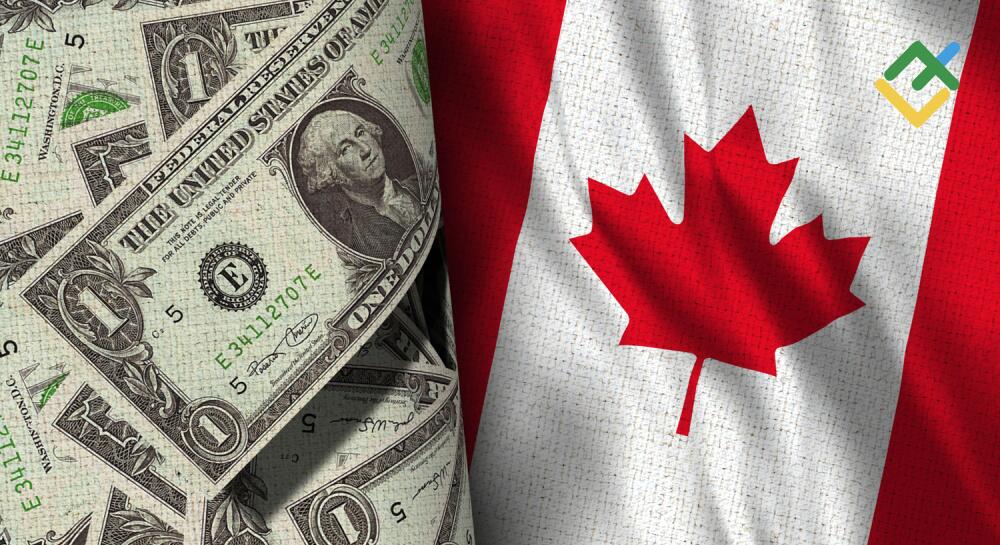Driver of Canadian dollar is broken on 2024

Do you still remember when oil prices went up and the loonie followed suit?
Driver of Canadian dollar is broken – The long-standing relationship between the Canadian dollar and oil prices, “an important driver” of the currency, is severed, suggests a new analysis, and it could be related to how domestic oil companies are spending their money.

“The good old way of looking at the Canadian dollar is over. We need to bury it,” said Charles St-Arnaud, chief economist at Alberta Central credit union.
Canadian dollar and oil prices have parted ways
Over the past year, higher oil prices have failed to translate into a higher Canadian dollar, St-Arnaud said in a recent note, indicating that the loonie no longer appears to be a “petro-currency.”
The Calgary-based economist said there was a clear break in the relationship between currency and commodity starting in 2016 that has “become more acute over the past year.”
Recall that in 2007, just before the Great Recession, the U.S. benchmark West Texas Intermediate (WTI) rose to around US$140 per barrel, pulling the Canadian dollar above parity with the greenback. Fast forward to 2022, and a WTI rise above US$100 failed to have a similar effect — in fact, the loonie moved in the opposite direction.
St-Arnaud identified what he believes are two important reasons for this rupture, which are having a compound effect on other forces driving down the loonie.
The Calgary-based economist estimated that over the past year, 10 percent of revenue ($20 billion) has been given to investors in the form of share buybacks and dividends, compared with three percent ($3.7 billion) in 2014. Alberta Central based its estimates on data from major Alberta oil producers including Suncor Energy Inc., Cenovus Energy Inc., Canadian Natural Resources Ltd., Imperial Oil Ltd., and Meg Energy Corp. (Read More: Adaptive financial strategies in facing economic changes navigating uncertainty with resilience)
But perhaps more critically, 78 percent of the investors receiving share buybacks are non-Canadian compared to 62 percent in 2014.
“We estimate that the payment to foreign shareholders is currently equivalent to about $11 billion, or 1.5 percent of GDP, compared to about $3 billion or 0.4 percent of GDP in 2014; almost four times bigger,” St-Arnaud said. “This means that most of the flows back to shareholders are not an inflow into Canada.”
“The question is: what does the buyer do with it? Most likely they convert it back to their local currency,” St-Arnaud said, adding to downward pressure on the loonie.
Another factor cited by the economist is the slowdown in reinvestment by Canadian energy producers.
He estimated that oil producers have invested about nine percent of their revenue ($17 billion) into operations over the past year, down from 25 percent ($28 billion) in 2014.

It’s not so much the drop in reinvestment that is detrimental to the loonie as the fact that most oil majors in Canada hold debt and savings in U.S. dollars since oil is priced in that currency. Declining reinvestment in operations means companies are converting less of the U.S. holdings into Canadian money.
“This means the purchase of CAD for reinvestment is about half of what it used to be,” he said. “When there is less buying, the currency does not appreciate.”
The interest rate policy at the Bank of Canada affects the Canadian dollar
A weaker link between oil prices and the Canadian dollar doesn’t just stop at the currency but will also feed into higher inflation as the loonie receives less of a boost from rising oil prices.
It could also have implications for the Bank of Canada and interest rate policy.
“Higher oil prices will, in general, be more inflationary and could make the Bank of Canada more sensitive to energy prices when setting monetary policy,” he said.
The government’s budget, released last month, included plans to tax Canadian companies on two-thirds of their capital gains, up from half currently. The change will also apply to individual taxpayers when they have gains of more than $250,000 in a year, although people will still be able to sell their primary residences tax-free.
The money raised by the tax hike will be used for various programs, including initiatives to help young people buy homes. But polls suggest many are not influenced by the plan.
Canada’s largest public service union, representing more than 260,000 federal public service workers, will hold a joint press conference in Ottawa to announce further actions opposing the government’s three-day in-office mandate.
Peter Routledge, head of the Office of the Superintendent of Financial Institutions, will deliver a keynote speech and participate in a roundtable luncheon at the C.D. Howe Institute in Toronto.
Conclusion
The analysis underscores the significant disconnect between the Canadian dollar and oil prices, driven by changes in investment strategies and the growing influence of foreign shareholders. This shift bears implications for economic policy decisions, inflation dynamics, and the broader understanding of currency-commodity relationships in Canada’s financial landscape.
Read More : Ai is revolutionizing business news on 24





